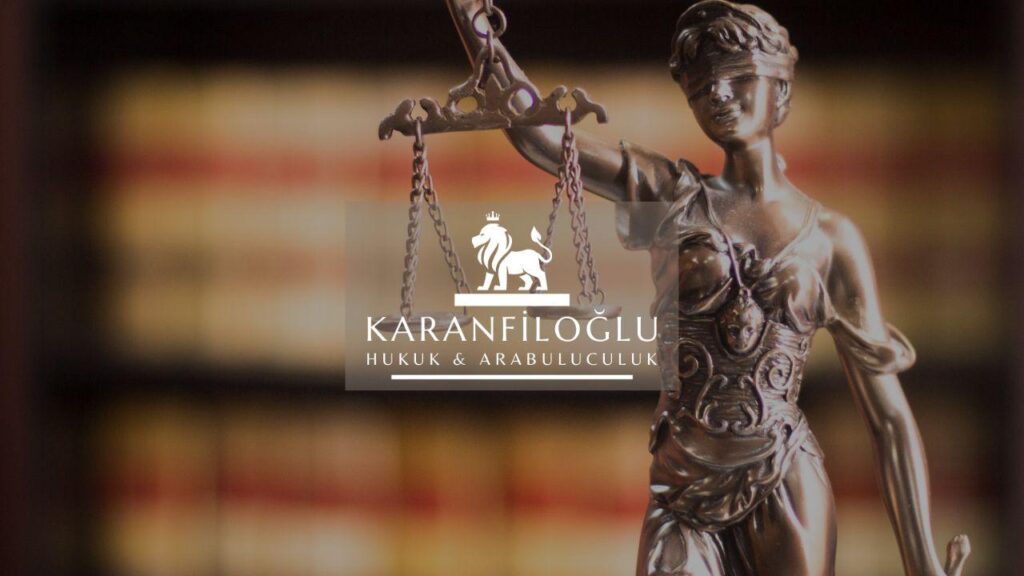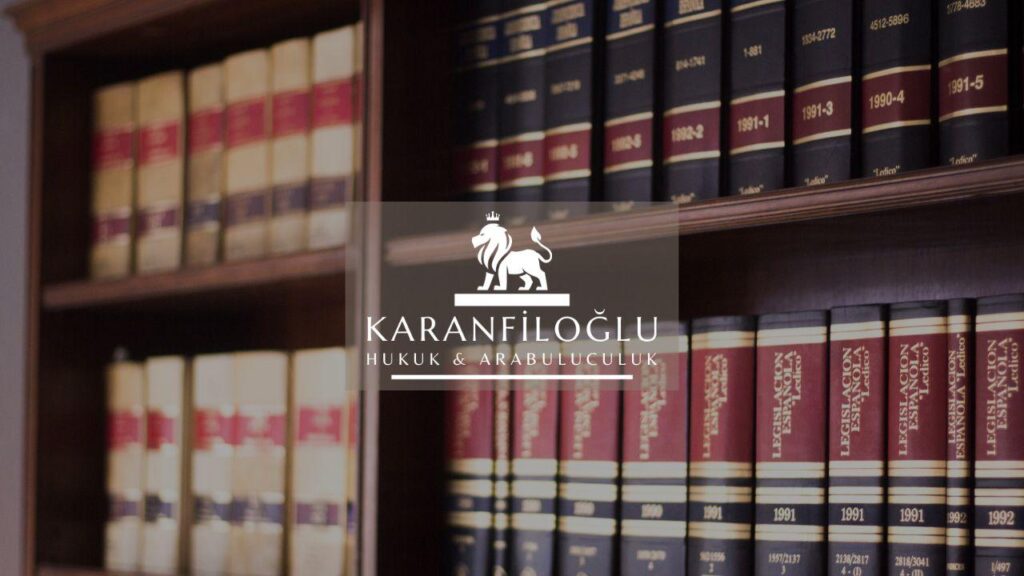Urban transformation is reshaping cities everywhere, but what happens when this wave washes over individual rights? The process can sometimes bulldoze not just old buildings but also trample on legal rights. It’s here that legal measures against loss of rights in urban transformation step in to play a crucial role. With urban development laws as guides, these measures are the guardrails that ensure property rights protection remains firm. Imagine a city as a living, breathing entity that must grow and evolve, yet whose growth must be kept in check by urban transformation regulations to protect its inhabitants. How can citizens sleep soundly if their rights are at risk of being paved over without warning? Ensuring a balanced approach, these legal measures in urban change act as a shield, offering peace of mind and security amidst the clamor for progress. It’s time we gave them the attention they deserve.
Safeguarding Property Rights in Urban Redevelopments
Urban redevelopments can feel like a double-edged sword, offering both renewal and risk. When cranes and bulldozers become neighbors, safeguarding property rights becomes more than a necessity—it’s an obligation. Legal rights in urban transformation are not just ideas on paper; they are the backbone of equitable development. Urban transformation regulations map the terrain, while urban development laws mark the boundaries, protecting citizens from the quiet menace of unnoticed disenfranchisement. Think of these laws as the city’s immune system, fighting against the infection of unfair property seizures. With robust legal measures in urban change, citizens are not left in the dark, but instead gain clear paths to uphold their property rights protection. The dance between progress and preservation plays out within each corner of a city, making rigorous attention to these measures essential. It’s a delicate balance, one that demands vigilance and action.
In the world of urban development laws, safeguarding property rights during urban redevelopments is like constructing a fortress around a treasured land. Legal rights in urban transformation should be seen as sturdy walls, built to resist the relentless pressure of new developments. Imagine a vibrant neighborhood where each home represents a cherished history—legal measures in urban change act as guardians, ensuring these memories aren’t erased in favor of modernity. Urban transformation regulations play a pivotal role here, drawing lines in the sand that protect individuals from being swept away by the tides of change. It’s a delicate balance; vigilance is key, followed by decisive action. As cranes march forward, these legal frameworks are the safety nets, catching any who might slip through the cracks of rushed urban plans. Herein lies property rights protection, the anchor in what could otherwise be a sea of unpredictability and unease.
In the maze of urban transformation, legal rights in urban transformation act as a beacon, guiding citizens through the complex process. Imagine legal measures in urban change as vigilant sentinels at the city gates, ensuring urban transformation regulations are respected. These measures are critical, not merely for maintaining order, but for property rights protection. Through urban development laws, every citizen’s right to their land is defended, providing a bulwark against unwarranted loss. A well-charted path awaits those navigating potential disputes, thanks to these solid protections. Rather than feeling swept up in a tide of uncertainty, individuals find themselves bolstered by a fortified legal landscape. Like an architect drawing up blueprints, these laws carefully sketch out the horizon, turning legal rights in urban transformation into tangible assurances. In such a dynamic field, staying informed becomes both shield and sword, empowering citizens to hold their ground amidst urban redevelopments.
Legal Frameworks Enhancing Citizen Protections
In a landscape where skyscrapers rise and old neighborhoods fade, legal frameworks play a vital role in enhancing citizen protections. Urban development laws form the backbone of legal rights in urban transformation, acting as a safeguard against the erosion of property rights. These laws aren’t just dry legal texts; they’re the strings tying down the balloon, preventing it from floating away. As cities expand, urban transformation regulations address the tug-of-war between development ambitions and individual rights. Legal measures in urban change serve as a beacon, guiding processes to preserve balance and equity. By embedding clear terms in these frameworks, citizens gain robust shield-like protection, ensuring their rights aren’t overshadowed by the gleam of new buildings. It’s a dance between progress and preservation, where every move is dictated by the beat of legal principles. With such steadfast measures, urban landscapes shape up without shaking the foundation beneath individual rights.
Urban development laws serve as powerful tools to strengthen legal rights in urban transformation. Imagine them as an orchestra conductor, ensuring every instrument—citizens, developers, and authorities—plays in harmony. Amongst the chaos of cranes and cement, legal frameworks offer a concrete foundation for property rights protection. Urban transformation regulations play their part by mediating interests and maintaining balance. In this intricate dance, legal measures in urban change ensure that no step falters or favors the new at the cost of the established. They build an invisible bridge, connecting individual rights with the sprawling aspirations of urban growth. As cities metamorphose, these laws underscore that progress needn’t bulldoze human dignity. With every contract clause and legal stipulation, the framework enhances citizen protections, threading security into the very fabric of urban life. So, as the skyline morphs, let the frameworks guide us to a future where transformation respects tradition.
In the intricate weave of urban growth, legal frameworks enhancing citizen protections are like steadfast guardians standing at the gates of progress. They don’t just watch over; they actively engage, ensuring that urban development laws act as a safety net for property rights protection. When the bulldozers rumble in with dreams of sky-high towers, it’s these legal measures in urban change that keep individual rights anchored firmly on the ground. Urban transformation regulations offer more than guidance; they are the compass swinging true in a sea of concrete ambitions. They help prioritize human needs over grandeur, whispering reminders that cities are for people, too. With every zoning plan and legal text, they narrate a story where development and protection are both protagonists. As urban landscapes evolve, citizens remain assured that beneath the skyscrapers and in the foundation of every building block, their rights stand protected, fueling a future where growth wears the face of respect.
Navigating Challenges in Urban Property Rights Management
In the fast-paced arena of urban transformation, safeguarding property rights can feel like navigating a maze blindfolded. As bulldozers roll in, the landscape shifts, leaving citizens grappling with potential loss. Fortunately, urban development laws are like a compass pointing towards property rights protection. They weave through the complexities, ensuring that individuals don’t get sidelined. Legal measures in urban change provide the framework to uphold what’s rightfully yours. Picture these regulations as sentinels, standing tall to guard your land from being swallowed by the tide of new construction. How can we dodge these pitfalls without guidance? By embedding legal rights in urban transformation practices, local authorities create a roadmap that respects legacy while embracing growth. These protections, found in comprehensive urban transformation regulations, are more than legal jargon—they’re the foundation to preserve what matters amidst rapid change.
Urban property rights management can be akin to walking a tightrope without a net. In the face of urban development, it’s a realm dotted with obstacles. Here, urban development laws serve as the safety harness, providing crucial support. While cities race to new heights, property rights protection stands at risk. Legal measures in urban change become the architect of fairness, ensuring that these rights aren’t overshadowed. Picture a chessboard where urban transformation regulations play the strategic moves to safeguard what’s on the line. It’s a balancing act—a delicate dance between development and conservation. How do we manage this? By anchoring legal rights urban transformation practices within urban landscapes, municipalities craft a blueprint that values both heritage and innovation. Thus, these laws are more than barriers; they are the strings holding the urban tapestry together, woven intricately to defend citizens’ rights amid relentless progress.
In the intricate dance of urban property rights management, challenges loom like giants casting long shadows. At the heart of this dance, urban development laws offer a rhythm that’s crucial for successful steps. With every swing of the crane, property rights protection hangs in delicate balance. Fortunately, legal measures in urban change serve as the choreographers, shaping each movement with precision. In this setting, urban transformation regulations act as the safety net, ensuring citizens’ rights don’t fall through the cracks. Can such challenges be tackled without careful strategy? By integrating legal rights urban transformation practices within the cityscape, we set the stage for harmonious growth. These measures are lifelines, stretching across the expanse of development to support equitable advancement. They ensure that while skyscrapers reach for the sky, the foundation of justice and fairness remains unshaken, preserving the soul of urban living amidst the whirlwind of progress.
Disclaimer: This article is for general informational purposes only and you are strongly advised to consult a legal professional to evaluate your personal situation. No liability is accepted that may arise from the use of the information in this article.







